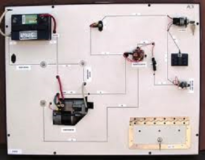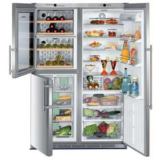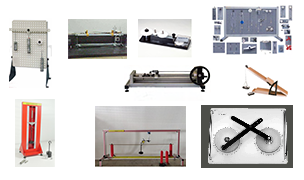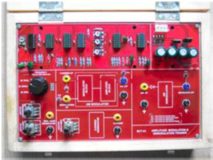Strength of Materials Modular Experiments Kit Model MT 146
Home » Products » Strength of Materials Modular Experiments Kit Model MT 146
Strength of Materials Modular Experiments Kit Model MT 146
Sci-tech Strength of Materials Modular Experiments Kit Model MT 146 is a complete package in Engineering Science experiments. The full set includes the mobile trolley, a full set of Strength of Materials kits; work panels and a spares kit. This full set allows at least three sets of students to work with any three of the Engineering Science experiments at the same time, while storing the other kits tidily and efficiently. Alternatively, lecturers or teachers may set up one experiment as a demonstration on the mobile trolley while two groups of students do experiments at their desks. The kit helps to replace the common smaller parts of the kits that may get lost over time. The trolley also includes some empty trays, useful for storing coursework, worksheets or guidance notes.
| Size: | 120cm x 80cm x 80cm (LxWxH) |
| Weight: | 55 kg |
Item Description
Feature
• A mobile and compact trolley holding a full set of ‘Strength of Materials modular kits’ andthree work panels for over 60 experiments in fundamental engineering science topics
• All the parts needed in one mobile frame – one person can move a full set of kits from one room to another
• Includes a spares kit to replace common parts that could become lost from experiments during use
• Spare empty trays to store additional material such as coursework, worksheets or guidance notes
• Strong, lockable wheels on the trolley allow easy movement but also hold the trolley stable when needed –making it an ideal demonstration table
• Flat top with fixing positions for storage of the work panels
Sci-tech Strength of Materials Modular Experiments Kit Model MT 146 is a complete package in Engineering Science experiments.
The full set includes the mobile trolley, a full set of Strength of Materials kits; work panels and a spares kit.
This full set allows at least three sets of students to work with any three of the Engineering Science experiments at the same time, while storing the other kits tidily and efficiently. Alternatively, lecturers or teachers may set up one experiment as a demonstration on the mobile trolley while two groups of students do experiments at their desks.
The kit helps to replace the common smaller parts of the kits that may get lost over time. The trolley also includes some empty trays, useful for storing coursework, worksheets or guidance notes.
See also different:

Sci-tech Car Electric Actuator Trainer Model AM 034 have the main components of the car electric system fixed together on a board and can be operated on 12V means of a transformer-rectifier unit (220V/12V). System is mounted on M.S. Structure. [...]

A refrigerator (commonly referred to as a fridge) is a common household appliance that consists of a thermally insulated compartment and a heat pump (mechanical, electronic, or chemical) which transfers heat from the inside of the fridge to it [...]


